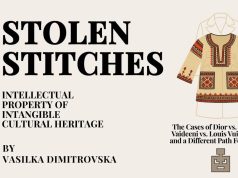Through my work with HAEMUS, and especially through the Storytelling Skopje program, where thousands of participants engage in various activities daily, I’ve seen firsthand how interpretation can transform people’s perception of natural and cultural heritage. It also changes how they behave towards its sustainability. Now, as a certified heritage interpretive trainer, I’m excited to share my knowledge and experience with everyone interested.
After three years of testing, UNESCO has embraced the Interpret Europe model of heritage interpretation, now known as ‘value-based heritage interpretation.’ This led to a joint initiative called ‘Learning Landscapes.’
Heritage interpretation is a precious tool to help World Heritage sites give voice to the values of UNESCO, making the interaction with heritage more inclusive, accessible for all, and more meaningful as an educational experience on sustainable development and global citizenship.
Matteo Rosati, Officer-in-Charge, Culture Unit, UNESCO Regional Bureau at Venice

In simple terms, this concept is about heritage based on values. In interpretation, these values include democracy, equality, respect, peace, well-being, and more. When combined with UNESCO’s 17 Sustainable Development Goals, it creates a comprehensive model. This model will soon be an essential part of UNESCO site management plans worldwide. Once the testing period is over, this model will easily apply to all heritage areas. Stakeholders won’t just need to know the heritage interpretation methodology—they’ll need to implement it.🙂





